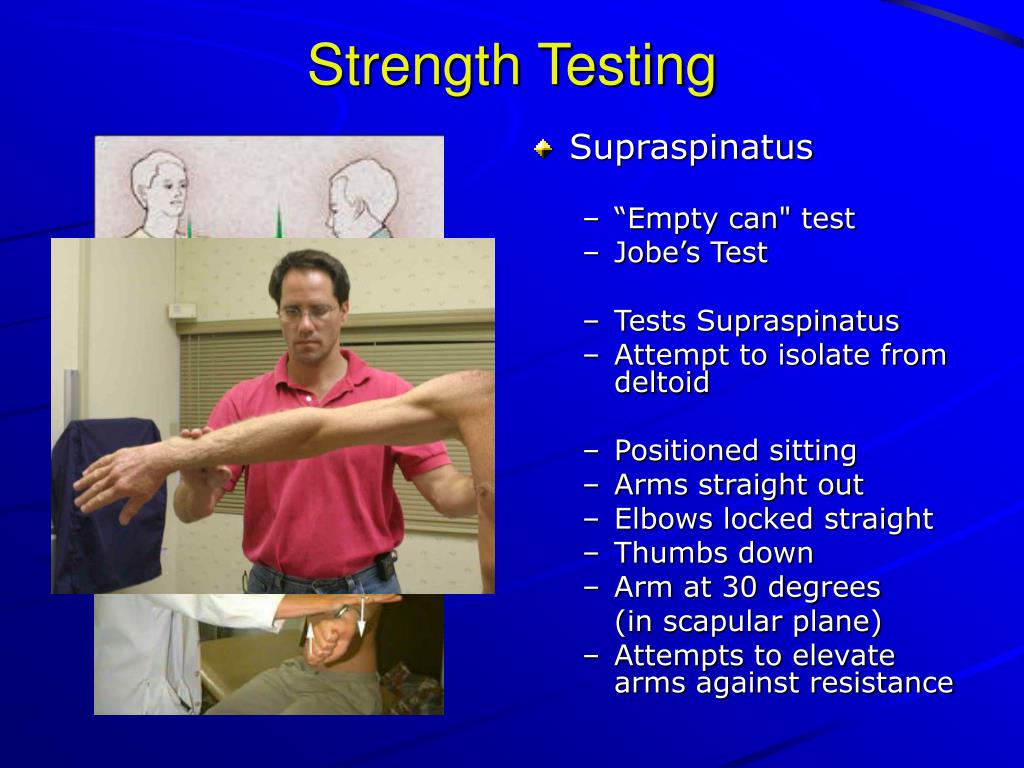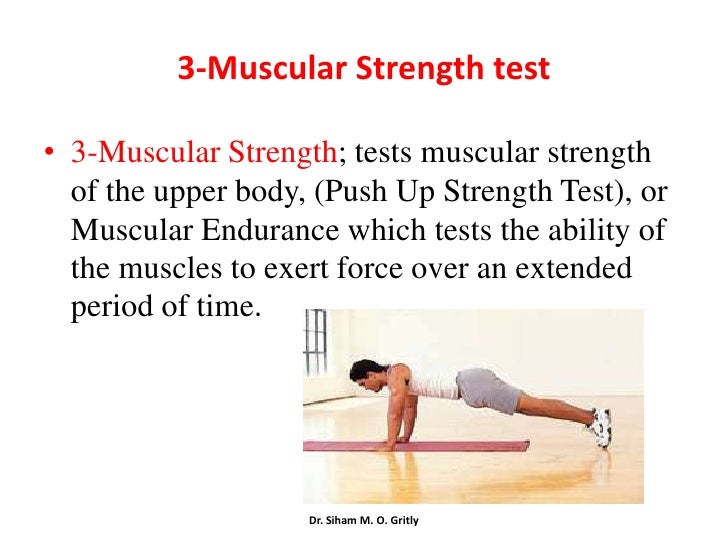The Significance of Initial Strength Assessments
Initial strength assessments are crucial in evaluating an individual’s physical abilities, providing valuable insights into their muscular strength, endurance, and power. By measuring an individual’s initial strength, fitness professionals can identify strengths and weaknesses, allowing for the creation of personalized exercise programs tailored to meet their specific needs. Initial strength tests are also essential in setting realistic goals and tracking progress over time. By establishing a baseline measurement of an individual’s strength, fitness professionals can monitor improvements and adjust exercise programs accordingly. This not only helps to ensure that exercise programs remain challenging and effective but also provides a sense of accomplishment and motivation for the individual.
Furthermore, initial strength assessments can help to prevent injuries by identifying muscular imbalances and weaknesses that may increase the risk of injury during exercise. By addressing these issues early on, fitness professionals can create exercise programs that not only improve strength and endurance but also reduce the risk of injury.
In summary, initial strength assessments play a critical role in measuring physical abilities, identifying strengths and weaknesses, setting realistic goals, tracking progress, and preventing injuries. By incorporating initial strength tests into exercise programs, fitness professionals can provide their clients with a safe, effective, and personalized fitness experience.
How to Conduct Initial Strength Assessments
Conducting initial strength assessments requires careful planning and execution to ensure accurate and reliable results. Here are the steps to follow when conducting initial strength assessments:
Select appropriate tests: Choose tests that are relevant to the individual’s fitness goals and physical abilities. Common initial strength tests include manual muscle testing, functional movement screening, and performance-based testing.
Prepare the testing environment: Ensure that the testing environment is safe, comfortable, and free from distractions. This includes providing adequate space, proper lighting, and temperature control.
Ensure safety protocols: Before conducting any tests, ensure that the individual is properly warmed up and that all safety protocols are in place. This includes having emergency equipment and personnel on hand, as well as obtaining informed consent from the individual.
Administer the tests: Follow the instructions for each test carefully, ensuring that the individual understands the procedures and is performing the tests correctly.
Record the results: Record the results of each test accurately and reliably, using standardized measurement techniques.
Analyze the results: Analyze the results of each test to identify strengths and weaknesses, as well as areas for improvement.
When conducting initial strength assessments, it is essential to use valid and reliable testing protocols to ensure accurate and meaningful results. Additionally, it is crucial to maintain proper documentation of all test results and to communicate the results clearly and effectively to the individual being tested.
Different Types of Initial Strength Assessments
There are various types of initial strength assessments, each with its own benefits and limitations. Here are some of the most common types of initial strength assessments:
Manual muscle testing: This type of assessment involves manually testing the strength of individual muscles or muscle groups. Manual muscle testing is a simple and cost-effective way to assess strength, but it can be subjective and may not provide a complete picture of an individual’s physical abilities.
Functional movement screening: Functional movement screening involves assessing an individual’s ability to perform basic movement patterns, such as squatting, lunging, and pushing. This type of assessment can help identify muscular imbalances and weaknesses, as well as areas for improvement.
Performance-based testing: Performance-based testing involves assessing an individual’s strength and endurance through exercises such as push-ups, sit-ups, and jumping jacks. This type of assessment can provide a more comprehensive picture of an individual’s physical abilities, but it may require more equipment and training to administer.
When selecting the type of initial strength assessment to use, it is essential to consider the individual’s fitness goals, physical abilities, and any underlying health conditions. Additionally, it is crucial to use valid and reliable testing protocols and to communicate the results clearly and effectively to the individual being tested.
Tools and Equipment for Initial Strength Assessments
There are various tools and equipment available for conducting initial strength assessments, each with its own benefits and limitations. Here are some of the most common tools and equipment used in initial strength assessments:
Goniometers: Goniometers are handheld devices used to measure joint range of motion. They are simple, cost-effective, and easy to use, making them a popular choice for manual muscle testing.
Dynamometers: Dynamometers are devices used to measure muscle strength and endurance. They can be handheld or mounted to a wall or floor and can provide accurate and reliable results.
Computer software: Computer software can be used to administer and score initial strength assessments, providing a more objective and standardized approach. Computer software can also store and analyze data over time, allowing for trend analysis and progress tracking.
When using tools and equipment for initial strength assessments, it is essential to ensure that they are calibrated and maintained regularly to ensure accurate and reliable results. Additionally, it is crucial to follow the manufacturer’s instructions for use and to provide proper training to the individuals administering the assessments.
Interpreting Initial Strength Assessment Results
Interpreting initial strength assessment results is a critical step in creating personalized exercise programs and tracking progress over time. Here are some key considerations when interpreting initial strength assessment results:
Identify areas for improvement: Initial strength assessments can help identify areas where an individual may need additional support or attention. For example, if an individual has weak gluteal muscles, exercises targeting this muscle group can be incorporated into their exercise program.
Set realistic goals: Based on the results of the initial strength assessment, fitness professionals can work with the individual to set realistic goals for strength and endurance. These goals should be specific, measurable, achievable, relevant, and time-bound (SMART) to ensure that they are meaningful and actionable.
Create personalized exercise programs: Initial strength assessment results can be used to create personalized exercise programs that are tailored to an individual’s specific needs and goals. For example, if an individual has weak upper body strength, exercises targeting this area can be prioritized in their exercise program.
Monitor progress: Regular initial strength assessments can help monitor progress over time, allowing fitness professionals to adjust exercise programs as needed. This can help ensure that exercise programs remain challenging and effective, while also providing a sense of accomplishment and motivation for the individual.
When interpreting initial strength assessment results, it is essential to use valid and reliable testing protocols and to communicate the results clearly and effectively to the individual being tested. Additionally, it is crucial to set realistic goals and to create personalized exercise programs that are tailored to the individual’s specific needs and goals.
Incorporating Initial Strength Assessments into Training Programs
Initial strength assessments can provide valuable insights into an individual’s physical abilities, allowing fitness professionals to create personalized exercise programs that are tailored to their specific needs and goals. Here are some key considerations when incorporating initial strength assessments into training programs:
Frequency: Initial strength assessments should be conducted regularly to monitor progress and adjust exercise programs as needed. A good rule of thumb is to conduct initial strength assessments every 4-6 weeks.
Duration: Initial strength assessments should be conducted over a sufficient duration to ensure accurate and reliable results. A single initial strength assessment may not provide a complete picture of an individual’s physical abilities, and multiple assessments may be necessary to establish a baseline.
Progression: Initial strength assessments should be used to establish a baseline and to track progress over time. As an individual’s strength and endurance improve, exercise programs should be modified to provide a greater challenge and to continue driving progress.
Modifying exercise programs: Based on the results of initial strength assessments, fitness professionals can modify exercise programs to address areas of weakness or imbalance. For example, if an individual has weak core muscles, exercises targeting this area can be incorporated into their exercise program.
When incorporating initial strength assessments into training programs, it is essential to use valid and reliable testing protocols and to communicate the results clearly and effectively to the individual being tested. Additionally, it is crucial to set realistic goals, to create personalized exercise programs that are tailored to the individual’s specific needs and goals, and to modify exercise programs as needed based on assessment results.
Common Mistakes to Avoid in Initial Strength Assessments
Initial strength assessments are a critical component of creating personalized exercise programs and monitoring progress over time. However, there are several common mistakes that fitness professionals should avoid when conducting initial strength assessments. Here are some key considerations:
Improper testing techniques: It is essential to use valid and reliable testing protocols when conducting initial strength assessments. Improper testing techniques can lead to inaccurate and unreliable results, which can negatively impact the effectiveness of exercise programs.
Inadequate warm-up: Adequate warm-up is critical to ensure that initial strength assessments are conducted safely and effectively. Fitness professionals should ensure that individuals are properly warmed up before conducting initial strength assessments to reduce the risk of injury.
Lack of standardization: Standardization is critical to ensure that initial strength assessments are conducted consistently and accurately. Fitness professionals should use standardized testing protocols and ensure that all assessments are conducted in the same manner to ensure accurate and reliable results.
Failure to account for individual differences: Initial strength assessments should be tailored to the individual’s specific needs and abilities. Fitness professionals should consider factors such as age, sex, and fitness level when conducting initial strength assessments to ensure that they are appropriate and relevant.
Overlooking safety protocols: Safety is paramount when conducting initial strength assessments. Fitness professionals should ensure that all safety protocols are in place, including having emergency equipment and personnel on hand, to ensure that assessments are conducted safely and effectively.
When conducting initial strength assessments, it is essential to use valid and reliable testing protocols, to ensure adequate warm-up, to standardize testing procedures, to account for individual differences, and to prioritize safety. By avoiding these common mistakes, fitness professionals can ensure that initial strength assessments are conducted accurately and reliably, providing valuable insights into an individual’s physical abilities and allowing for the creation of personalized exercise programs.
The Role of Initial Strength Assessments in Injury Prevention and Rehabilitation
Initial strength assessments play a critical role in injury prevention and rehabilitation by identifying risk factors, monitoring progress, and adjusting exercise programs as needed. Here are some key considerations when using initial strength assessments for injury prevention and rehabilitation:
Identifying risk factors: Initial strength assessments can help identify underlying strength imbalances or weaknesses that may increase the risk of injury. By addressing these issues early on, fitness professionals can help reduce the risk of injury and promote long-term health and wellness.
Monitoring progress: Regular initial strength assessments can help monitor progress and ensure that exercise programs are effective in addressing areas of weakness or imbalance. This can help prevent injuries from occurring and promote overall health and wellness.
Adjusting exercise programs: Based on the results of initial strength assessments, fitness professionals can adjust exercise programs to address areas of weakness or imbalance. This can help prevent injuries from occurring and promote overall health and wellness.
Rehabilitation: Initial strength assessments can be used in rehabilitation settings to help individuals recover from injuries or surgeries. By identifying areas of weakness or imbalance, fitness professionals can create exercise programs that are tailored to the individual’s specific needs and goals, promoting a safe and effective recovery.
When using initial strength assessments for injury prevention and rehabilitation, it is essential to use valid and reliable testing protocols, to ensure adequate warm-up, to standardize testing procedures, to account for individual differences, and to prioritize safety. By avoiding common mistakes and incorporating initial strength assessments into training programs, fitness professionals can help reduce the risk of injury, promote long-term health and wellness, and support individuals in their recovery from injuries or surgeries.








